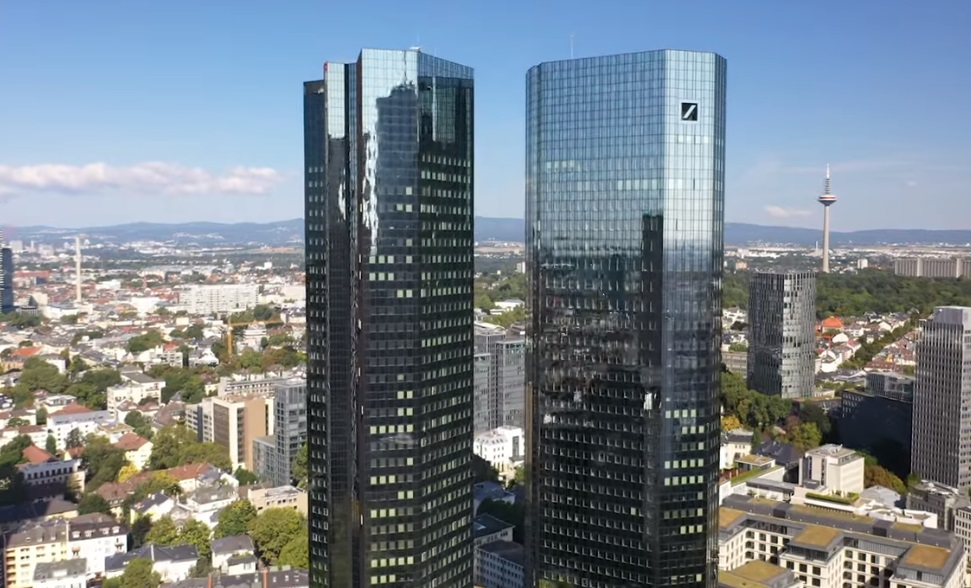Deutsche Bank Publishes Net Zero Transition Plan for Operations, Supply Chain, Financed Emissions


Deutsche Bank announced the publication of its initial Transition Plan, outlining the bank’s methodologies, targets and achievements on its path to net-zero by 2050, across its own operations and supply chain, as well as financed emissions.
The publication includes new targets for emissions reductions from financing carbon-intensive sectors including coal mining, cement and shipping, as well as new goals for emissions reporting from supply chain vendors and for energy consumption reductions in the bank’s own operations.
Jörg Eigendorf, Chief Sustainability Officer, said:
“Our Transition Plan sets out what clients and the public can expect from us as we scope out our role in decarbonizing the economy. As the economy progresses toward net-zero, regulations, reporting standards, and the role of the banking industry will evolve. This will allow us to continuously refine our own Transition Plan.”
Financing activities typically make up the vast majority of financial institutions’ climate impact, with financed emissions often hundreds of times greater than operational emissions. Deutsche Bank set financed emission reduction targets for the Oil & Gas, Power Generation, Automotive, and Steel sectors in 2022. With the sectors added in the new transition plan, 55% of the bank’s financed emissions in its corporate loan portfolio are now covered by net-zero pathways, according to Deutsche Bank.
The new financed emissions targets covering the bank’s corporate loan portfolio include a 49% reduction in Scope 3 financed emissions by 2030, and 97% reduction by 2050 for the Coal Mining sector, a 29% reduction in Scope 1 and 2 emissions intensity by 2030, and 98% by 2050 for the Cement sector, and scope 1 scoring of 0% achieved by 2030 and 2050, based on the Poseidon Principles Portfolio Level Alignment Score, for the Shipping sector. Deutsche Bank said that it aims to publish a net zero target for the aviation sector following the publication of an alternative net-zero-aligned decarbonization pathway by the Rocky Mountain Institute, anticipated for January 2024.
Outside of financed emissions, Deutsche Bank’s supply chain accounts for approximately 97% of the bank’s carbon footprint, with purchased goods and services as the largest contributor, representing around 76%. Key actions to address Deutsche Bank’s Scope 3 emissions outlined in the transition plan include engaging with vendors to collect data on their emissions, embedding sustainability in the vendor lifecycle, and limiting business travel. The bank announced that by 2025 it expects 80% of its vendors by spend to submit greenhouse gas emissions to CDP.
In its own operations, Deutsche Bank said that it has already achieved a 64% emissions reduction since 2019, through measures including a reduced real estate footprint, reduced energy usage and sourcing 96% of electricity from renewable energy. The bank is targeting 100% of electricity from renewables by 2025, and announced that it is raising its goal to reduce energy consumption by 30%, from its prior 20% goal, by 2025, compared to 2019.
Deutsche Bank CEO Christian Sewing said:
“We are committed to playing our part in fighting climate change, and we want to document transparently where we stand on our path to net-zero. We are convinced that it is imperative for a global bank headquartered in Europe to position itself as a sustainability leader if it is to have lasting success in serving its clients. Decoupling economic growth from CO2 emissions and the extensive use of natural resources will be decisive as our planet’s ecosystem comes close to tipping points.”
Click here to access Deutsche Bank’s Transition Plan.